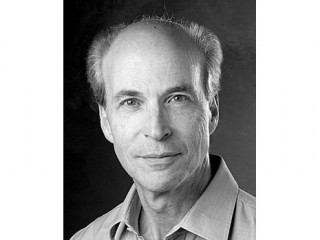
Roger D. Kornberg biography
Date of birth : 1947-04-24
Date of death : -
Birthplace : St. Louis, Missouri, United States
Nationality : American
Category : Science and Technology
Last modified : 2011-09-23
Credited as : biochemist, DNA, Nobel prize for chemistry
0 votes so far
Kornberg's research also led to the discovery of the nucleosome, the basic structural unit of eukaryotic chromosomes, comprised of DNA and histone proteins. Viewed with an electron microscope, nucleosomes are bead-like structures along the DNA.
Receiving his Nobel honors brought Kornberg to Stockholm for the second time. In his first visit, at the age of 12, he had accompanied his father, Arthur Kornberg, who won the Nobel Prize in Medicine in 1959 for showing how genetic information is carried between DNA molecules. The Kornbergs are the sixth father-son Nobel Prize winners, and the tenth family with closely-related Nobel laureates. His mother was a biochemist, as is his wife, Yahli Lorch, who is his frequent scientific collaborator. Kornberg's Nobel Prize included a cash award of about $1.4-million.
Kornberg was born in St. Louis, Missouri. He earned his bachelor's degree in chemistry from Harvard University in 1967 and his Ph.D. in chemical physics from Stanford in 1972. He became a postdoctoral fellow at the Laboratory of Molecular Biology in Cambridge England and then an Assistant Professor of Biological Chemistry at Harvard Medical School in 1976, before moving to his present position as Professor of Structural Biology at Stanford Medical School in 1978. He closest collaborator has been his wife, Professor Yahli Lorch.
Awards and honors:
Nobel Prize for Chemistry 2006
American Academy of Arts and Sciences
Federation of American Scientists Board of Sponsors
National Academy of Sciences
















